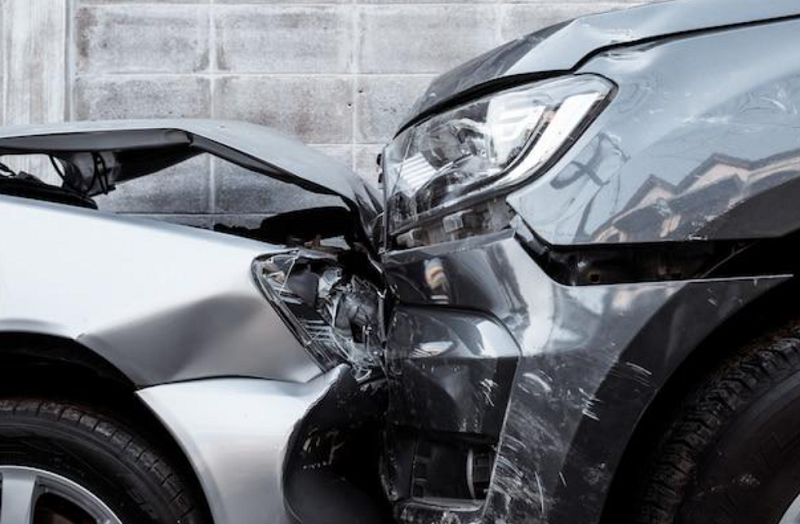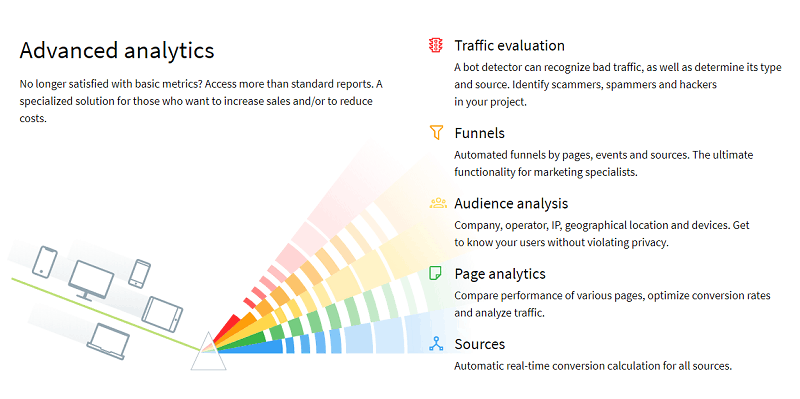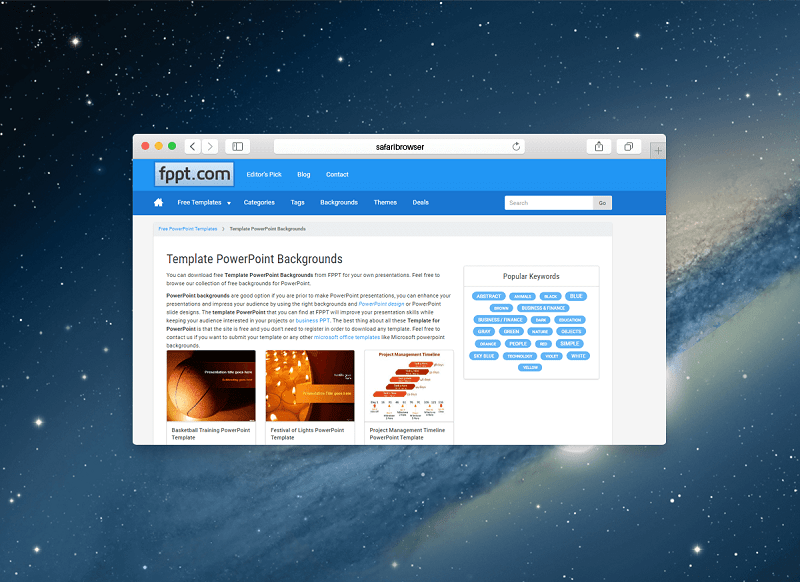One of the most devastating kinds of auto accidents is a head-on collision, which frequently results in serious injuries, fatalities, and significant financial losses. Despite being relatively uncommon, these collisions—which happen when two cars traveling in opposing directions collide frontally—account for a sizable percentage of fatalities from traffic accidents. The financial consequences can be devastating for individuals engaged, in addition to the psychological and physical toll.
Let’s examine some common causes of head-on crashes and financial issues that anyone can experience in the event of this type of accident.
Table of Contents
Common Causes of Head-On Crashes
Comprehending the typical reasons behind head-on collisions is crucial for legal responsibility and prevention. Driver negligence, including speeding, fatigue, distracted driving, and impaired driving (from drugs or alcohol), is frequently the cause of these collisions. Unsafe overtaking maneuvers and bad road conditions are further contributing factors.
Such crashes can also result from swerving to avoid animals or obstacles on the road.
Immediate Financial Impacts

Medical Expenses
Emergency medical care, such as ambulance services, surgeries, hospitalization, and rehabilitation, is frequently required in the immediate aftermath of a head-on accident. For serious injuries like brain damage or spinal cord injuries, victims may require specialized treatment or long-term medical requirements like physical therapy.
These costs can quickly escalate into tens or hundreds of thousands of dollars.
Property Damage
Due to the force of impact, head-on collisions typically result in serious auto damage. Repairing or replacing an automobile can be highly costly, especially if the damages are not fully covered by the at-fault driver’s insurance.
Lost Wages
Victims with severe injuries might not be able to return to work either permanently or temporarily. Financial challenges may be made worse by this loss of income, especially for those who are the primary breadwinners in their family.
Long-Term Financial Consequences
Below are some long-term financial issues that people go through.
Ongoing Medical Costs
For victims with permanent disabilities or chronic conditions resulting from the collision, the financial burden extends far beyond initial treatments. Expenses related to assistive devices, home modifications, and continuous care can persist for years or even a lifetime.
Legal Fees and Settlements
It frequently takes lengthy legal actions involving accident reconstruction specialists and lawyers to determine who is at fault in a head-on collision. Victims may need to file a lawsuit to get damages for their pain, lost wages, and medical expenses. Legal bills and court costs could put more strain on finances.
Insurance Premium Increases
Individuals involved in head-on collisions tend to see increased auto insurance premiums even if they are not at fault. Financial penalties for at-fault drivers are even steeper, potentially including higher premiums or policy cancellations.
Coping with Financial Strain
In order to lessen these financial repercussions, victims frequently turn to insurance claims and legal relief. It’s critical to comprehend the limits of your insurance policy’s liability, property damage, and medical expenditure coverage. Fair recompense for both economic and non-economic damages can also be ensured by speaking with an expert personal injury lawyer.
Preventative Measures
Using safe driving practices can greatly lower the chance of a head-on accident, even if it is impossible to completely eliminate all road hazards. Never drive while intoxicated or under the influence of narcotics, stay under speed limits, and stay away from distractions like cell phones. Preventing accidents also needs using defensive driving strategies and being aware of the state of the road.
Final Word
Accidents are not always preventable, but being a responsible and cautious driver can significantly reduce their occurrence. Stay alert, practice safe driving habits, and always prioritize your safety and that of others on the road. By taking preventative measures and actively working towards creating a safer driving environment for everyone, we can all contribute to reducing head-on collisions and making our roads safer for everyone.
























